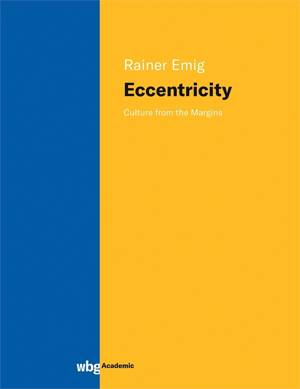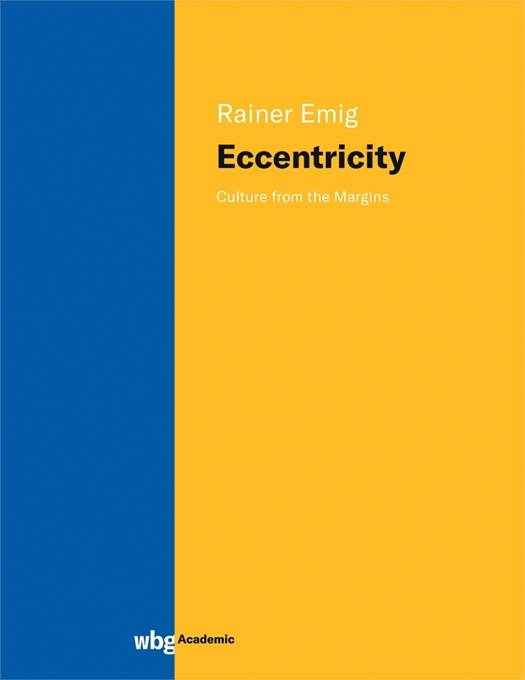
- Afhalen na 1 uur in een winkel met voorraad
- Gratis thuislevering in België vanaf € 30
- Ruim aanbod met 7 miljoen producten
- Afhalen na 1 uur in een winkel met voorraad
- Gratis thuislevering in België vanaf € 30
- Ruim aanbod met 7 miljoen producten
Zoeken
Omschrijving
Eccentricity is a stereotype of Englishness. Yet despite its popularity, it has not merited much academic investigation. The present study offers a theoretically grounded overview of the emergence, structures and artistic productions resulting from eccentricity. It starts with its prehistory in Antiquity, the Middle Ages, and the Renaissance before pinpointing its emergence in the seventeenth century. From then onwards it serves to negotiate cultural dissent and make it productive. What goes hand in hand with eccentricity is the individual, not as essentially given, but as relational. In the same way that eccentricity has textual and intertextual origins, eccentrics, despite their seeming singularity, form patterns. These can be used as cultural 'fertiliser' or as façades in the case of present-day British politicians. The study offers a re-reading of English Literature and Culture from the margins as well as theoretical outlooks in the directions of Gender and Postcolonial Studies.
Specificaties
Betrokkenen
- Auteur(s):
- Uitgeverij:
Inhoud
- Aantal bladzijden:
- 288
- Taal:
- Engels
Eigenschappen
- Productcode (EAN):
- 9783534450282
- Uitvoering:
- Hardcover
- Afmetingen:
- 170 mm x 19 mm
- Gewicht:
- 507 g

Alleen bij Standaard Boekhandel
+ 89 punten op je klantenkaart van Standaard Boekhandel
Beoordelingen
We publiceren alleen reviews die voldoen aan de voorwaarden voor reviews. Bekijk onze voorwaarden voor reviews.








